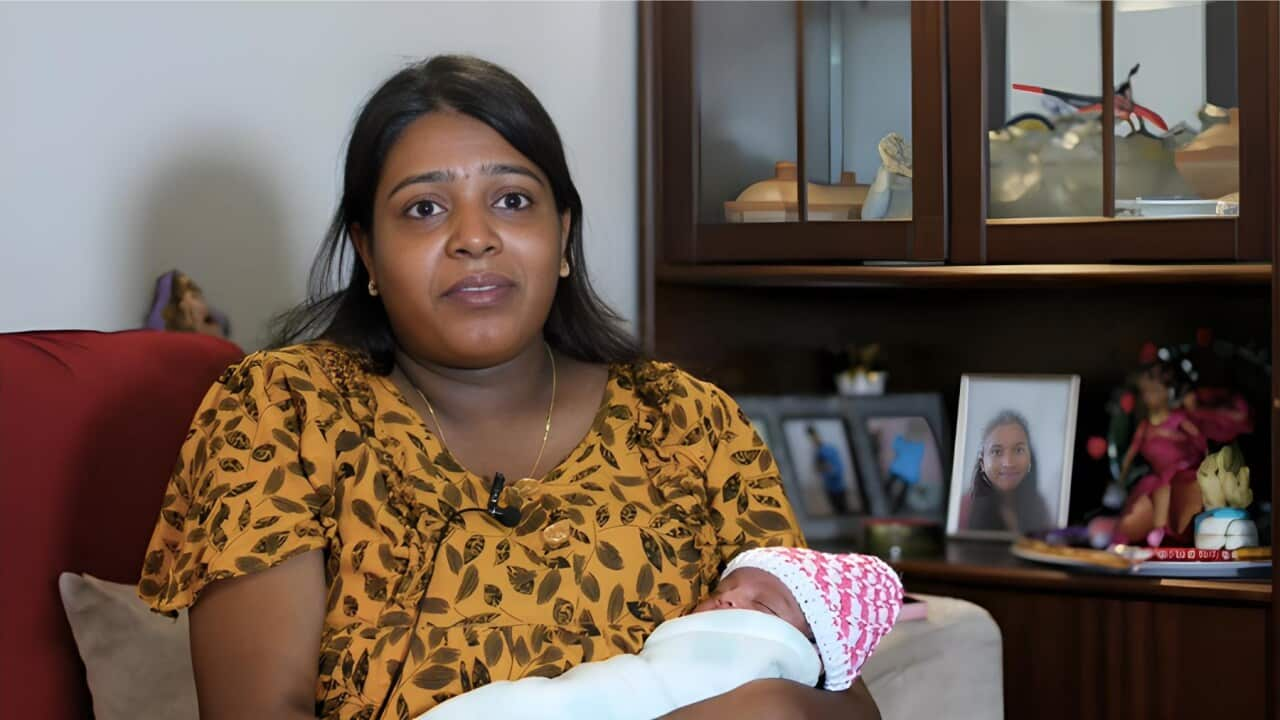TRANSCRIPT
Professor Asha Rao has had a long and impressive career in the fields of both mathematics and cyber security.
“I started at RMIT as a casual tutor about 30 years ago, then rose through the ranks to become professor and for about six years I was Associate Dean of Mathematical Sciences.”
As both a woman and a migrant - she moved to Australia from India in 1991 - Professor Rao says she’s faced many barriers.
“It was really difficult, especially because I am not a traditional mathematician. When I first came to Australia…and spoke to people about a job, I would get the response, ‘oh I’ll make a note that you speak good English.’ Why would you assume that because of the colour of my skin that I couldn’t speak good English? I would write research grant applications, and almost invariably, I would get the reviewer saying ‘oh she’s doing too much, this cannot be feasible.’ On the other hand, a reviewer thought I was male and said ‘he is doing so many wonderful things’ ... so you can clearly see the bias that is there.”
Professor Rao says experiences such as these can discourage underrepresented groups from pursuing careers in STEM-related fields.
“We are haemorrhaging women and diverse people, especially diverse women. You can only fight for so long, and then you give up.”
How to overcome such barriers has been the focus of a major review, commissioned by the Federal Government.
The final recommendations of the Pathway to Diversity in STEM report were released today, following 12 months of public consultation, conversations and research, led by an independent expert panel, with support from the Department of Industry, Science and Resources.
Minister of Industry and Science Ed Husic says the Government is working to get more Australians into the sector, with a goal of having 1.2 million Australians employed in tech by 2030.
“We’ve had, for quite some time that women are underrepresented in STEM roles, but there are also people from First Nations or culturally diverse backgrounds that aren’t employed in STEM roles as much as we need. If we want to see more Australians employed, to meet the needs of business, we need to tear down all the artificial barriers that are holding them back.”
CEO of Cicada Innovations, a Sydney-based incubator for startups on science and engineering innovations, Professor Sally-Anne Williams chaired the review.
She says the research highlights a number of challenges within the STEM sector that must be addressed.
“If we're going to take an opportunity to advance Australia economically …and have an opportunity for people to build science and engineering founded businesses in this country, we need to have pathways and opportunities for people from every single walk of life and from every single corner of our community.”
The report made 11 detailed recommendations, including the establishment of a dedicated diversity advisory council.
“There's an incredible groundswell of programs of opportunities that are happening at the grassroots level across this country, particularly in the education sector and some in industry, but they're not well coordinated and they're not necessarily linked up.”
Putting applications in different languages is one way to bridge the gap, Professor Williams says.
She also cited a Melbourne-based study that found applicants with anglo-sounding names are favoured.
“We do have to call out that we have got bias operating in our screening processes and in our hiring processes. Thta's such a missed opportunity for employers to get great talent and great people that not only have the technical skills that you need, but actually probably a lived experience quite different from your own. It's a lose-lose situation if we don't address those things.”
Another key recommendation is for the Australian Government to prioritise First Nations researchers and scientists for funding for projects that “affect or draw from First Nations Knowledges and knowledge systems.”
It noted too that “Education institutions, the Learned Academies, and organisations employing STEM workers all have the responsibility to recognise First Nations Knowledges as valid and valuable.
Boosting female participation in the STEM workforce should also be a priority, the report found, with Minister Husic highlighting the importance of early engagement.
Sometimes you have initial interest, especially from young women to be involved in STEM careers and then they drop out.
Women remain underrepresented in year 12 STEM subject enrolments .They make up less than a quarter of students enrolled in IT, physics and astronomy and engineering related subjects.
Last year, Sarah Redfern High School in Minto, in Sydney’s south-west, introduced a specialised program that aims to keep students engaged in science-based subjects.
“What we do is we do something called individual education plans, and that's where we sit the students down, we actually find out what they want to do with their lives in their futures or what they're interested in. And we tailor the STEM curriculum, the STEAM curriculum to them.”
That's Cameron Rodgers, the Head Teacher of Innovation at Sarah Redfern, who started the program in 2023.
Year 8 student Sahana Rajesh says the program helped her realise ways she can turn both her love of sport and science into a career.
“A sports psychologist, that's what I want to be. They help with mental health and stress and they motivate and improve the players.”
Preet Kaur - a year 11 student - is hoping to study medicine.
But she hasn’t ruled out engineering as a career. Her father, grandfather and great grandfather all worked in the field.
“I could be the first female in the family to be an engineer, [and] put that foot forward for my cousins and sisters, and children.”
“I think if we could make that decal change, if we could commit to 10 years to doing something, and then on the basis of success, which she would have over that long term, sort of make adjustments and recommit, I think we'd be shaping something Australia for a legacy for generations to come.”













